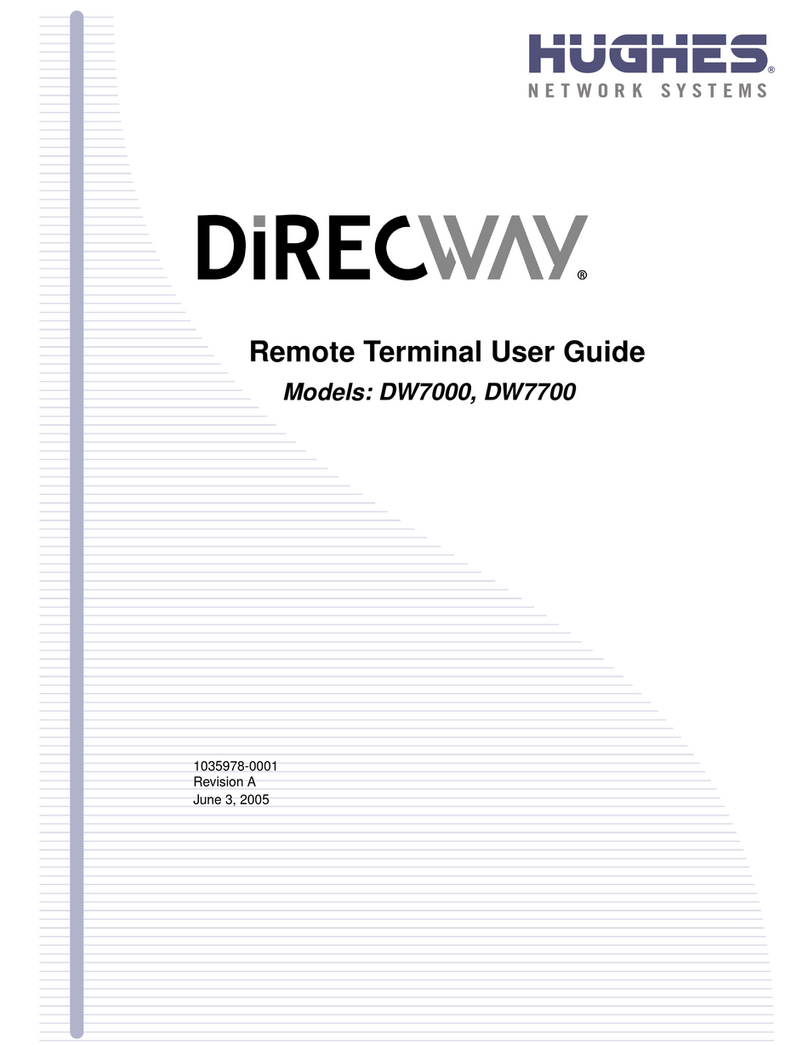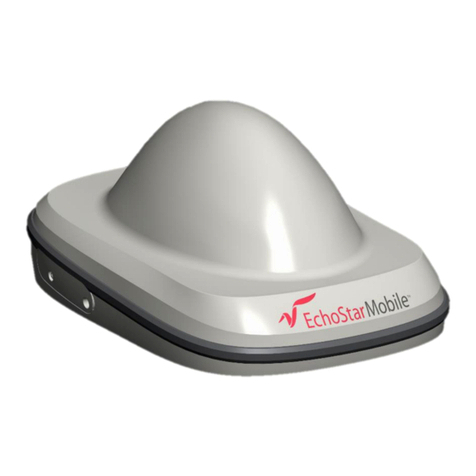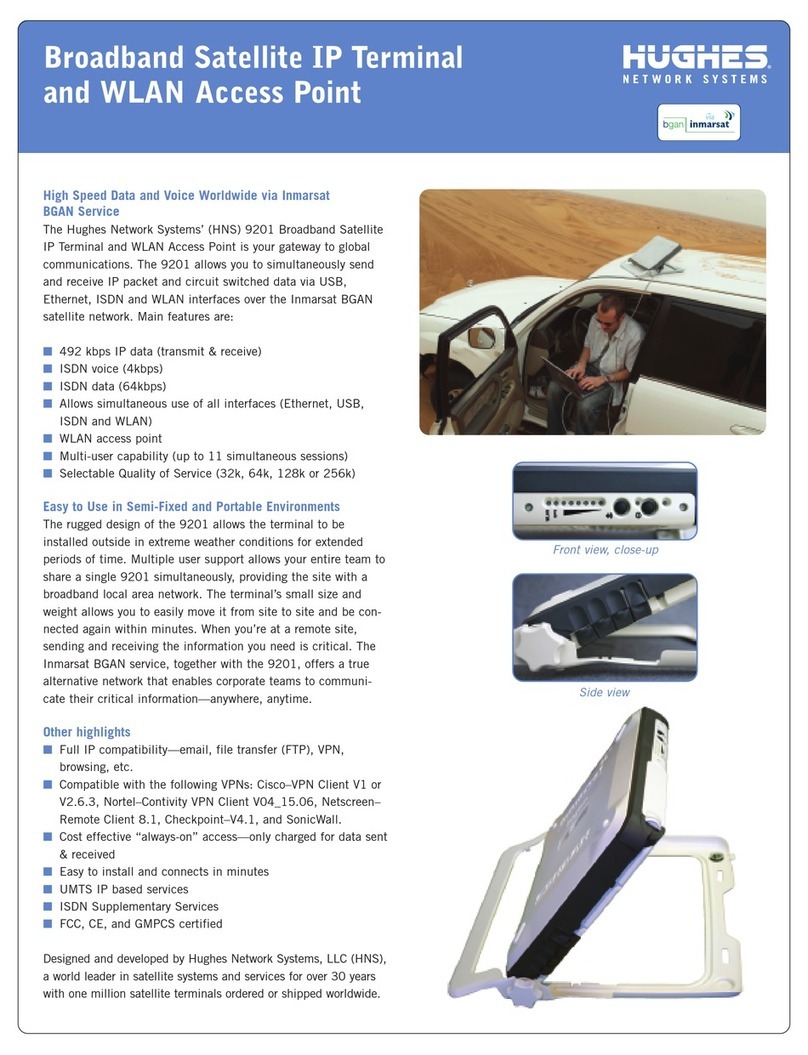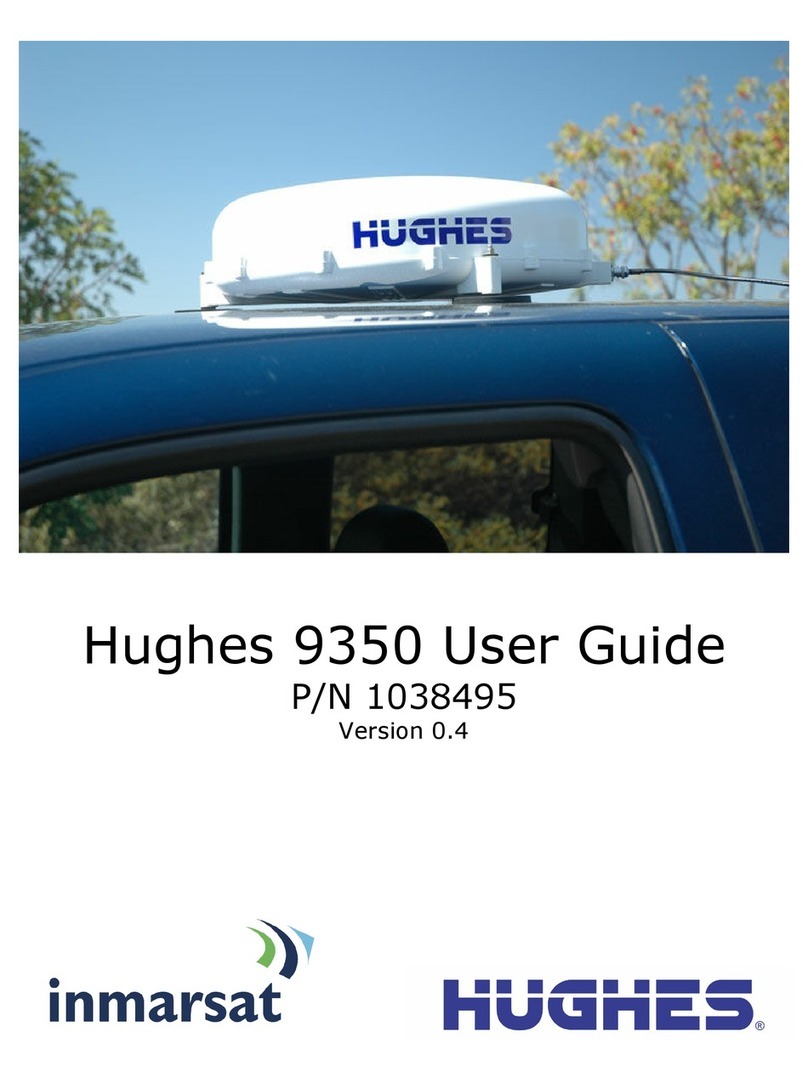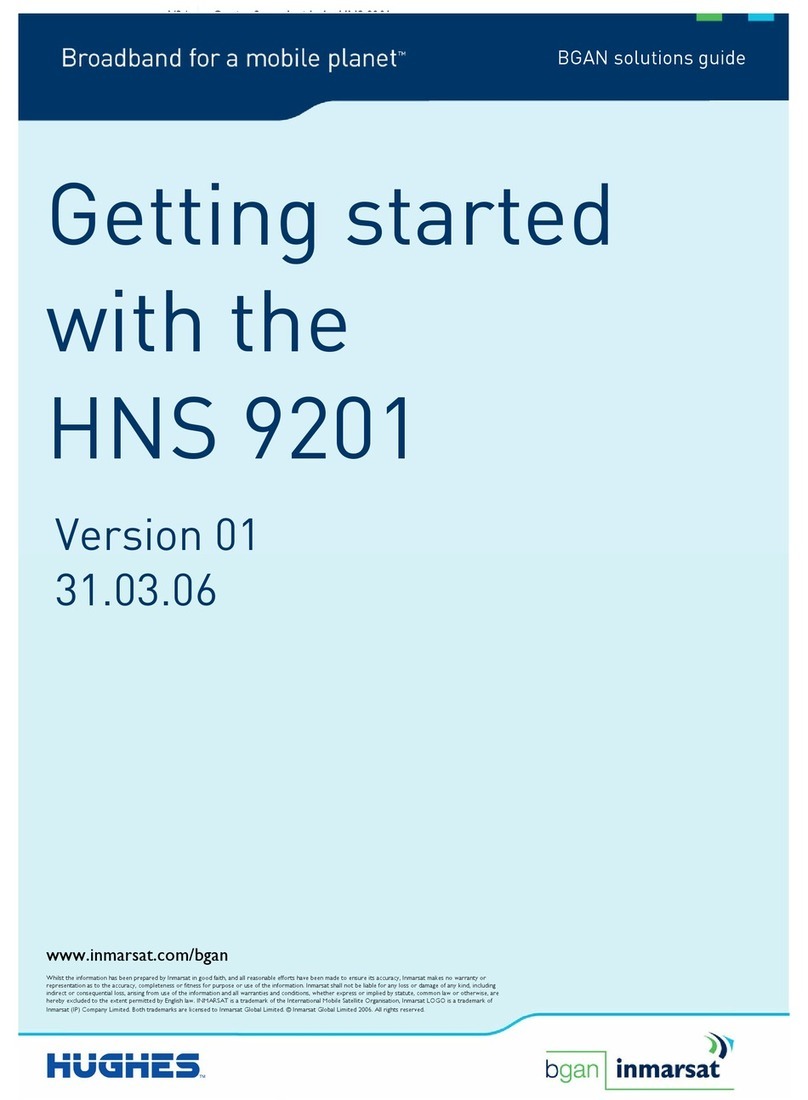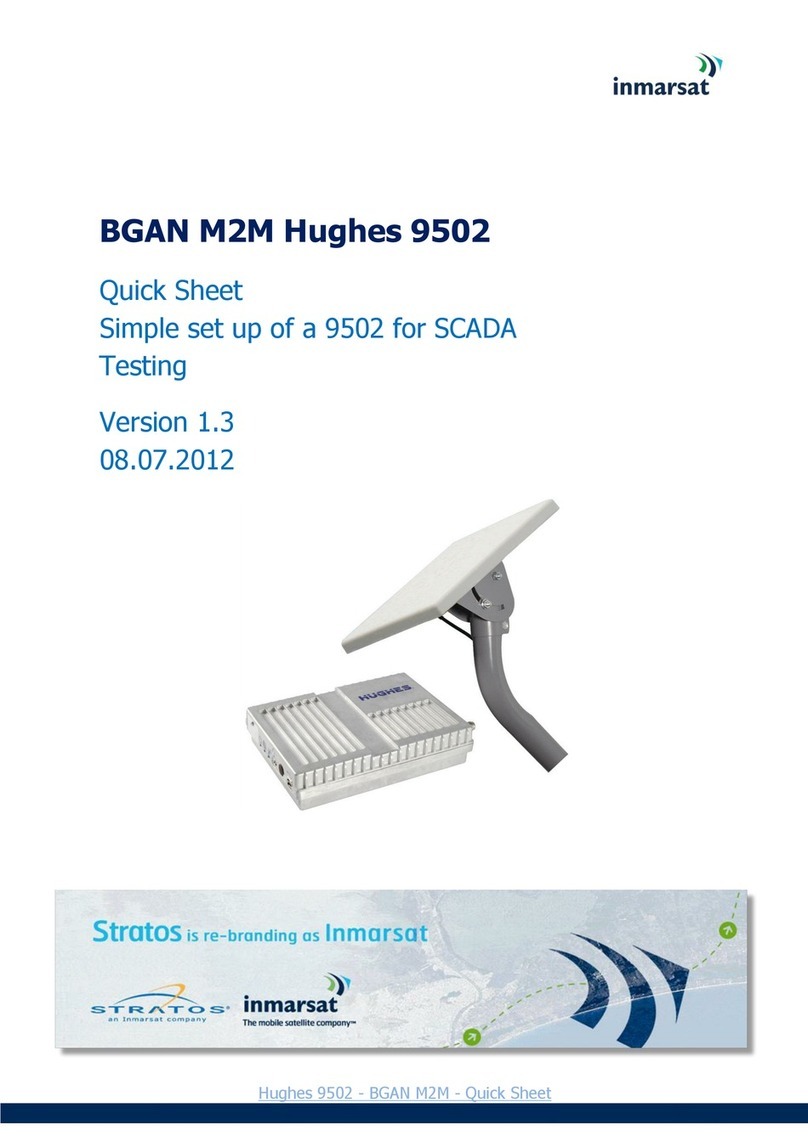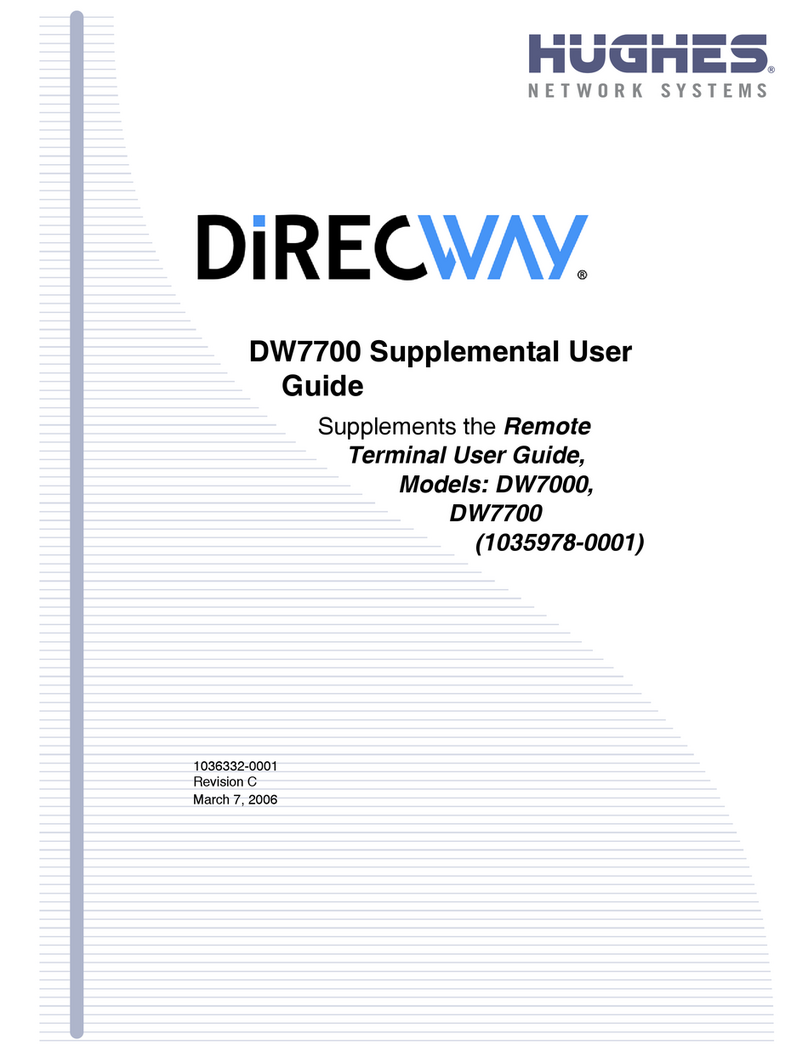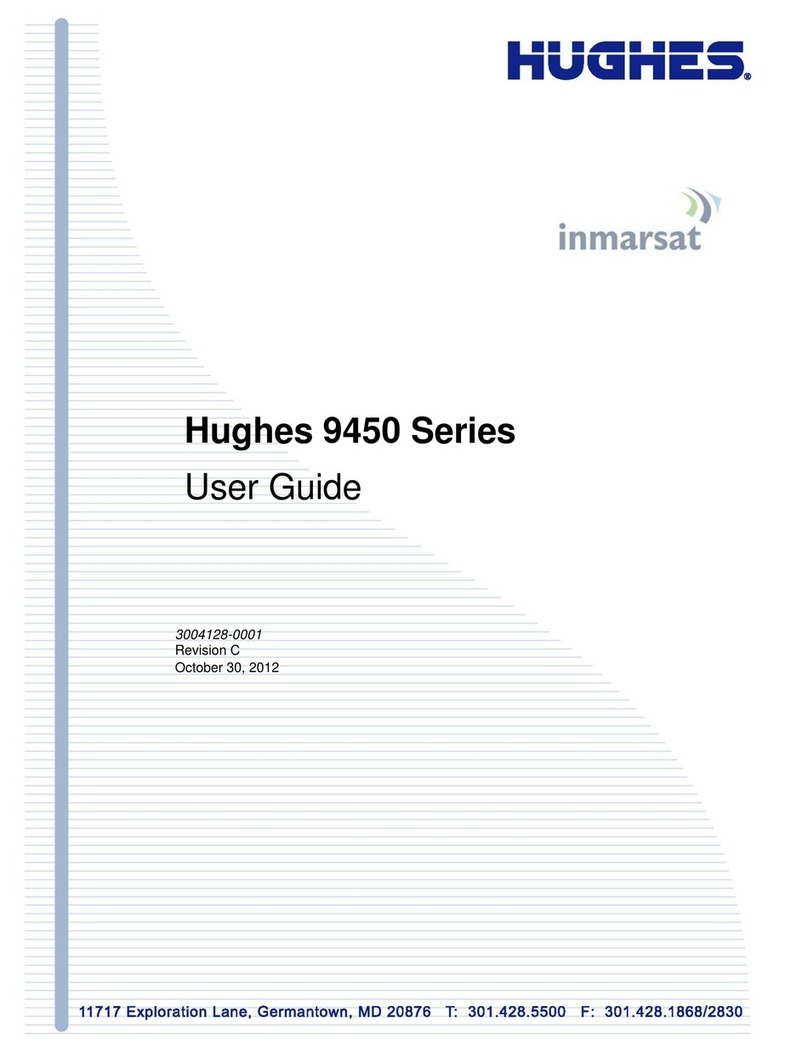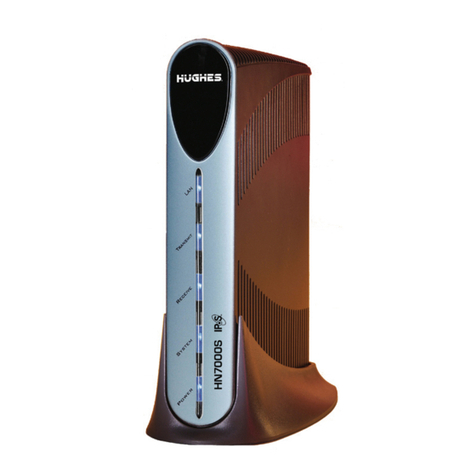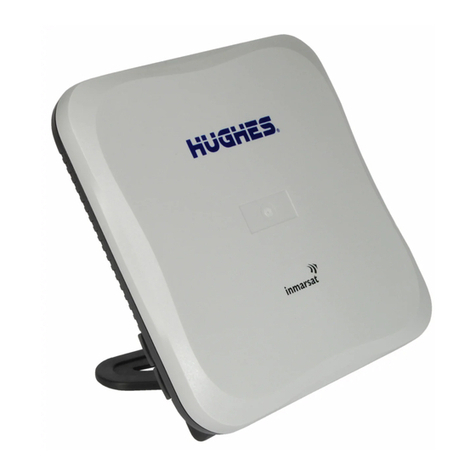
Contents
H62751 Revision C
Contents
Understanding safety alert messages....................................................................................... 5
Messages concerning personal injury .................................................................................................... 5
Messages concerning property damage ................................................................................................ 5
Safety symbols........................................................................................................................................ 5
Additional symbols........................................................................................................................... 5
Warnings for satellite terminal............................................................................................................... 6
Equipment users..................................................................................................................................... 7
Chapter 1
Introduction .............................................................................................................................. 9
1.1 Overview....................................................................................................................................... 9
1.2 About this user guide.................................................................................................................... 9
1.3 Package contents.......................................................................................................................... 9
1.4 Minimum system requirements for laptop/PC .......................................................................... 10
1.4.1 System requirements to support maintenance port ...................................................... 10
1.4.2 Additional hardware ....................................................................................................... 10
Chapter 2
Using the Hughes 4500 ........................................................................................................... 12
2.1 Before getting started ................................................................................................................12
2.2 Quick start...................................................................................................................................12
2.3 Connecting the terminal to the computer .................................................................................12
2.3.1 Connecting by Ethernet...................................................................................................12
2.3.2 Connecting by USB ..........................................................................................................12
Chapter 3
Using the Web UI .................................................................................................................... 13
3.1 Accessing the Web UI .................................................................................................................13
3.2 Home page.................................................................................................................................. 13
3.3 Connections ................................................................................................................................ 14
3.3.1 Manage connections.......................................................................................................
14
3.3.2 APN Profiles.....................................................................................................................15
3.3.3 Connection Profiles ......................................................................................................... 16
3.4 Settings page .............................................................................................................................. 18
3.4.1 General setup.................................................................................................................. 18
3.4.2 IP address/DHCP settings................................................................................................19
3.4.3 Ethernet security............................................................................................................. 20
3.4.4 Security............................................................................................................................ 21
3.4.5 Outbound filters.............................................................................................................. 23
3.4.6 Port forwarding ...............................................................................................................24
3.4.7 Remote management ..................................................................................................... 26
3.5 Usage statistics ...........................................................................................................................28
3.6 Support page .............................................................................................................................. 28
3.6.1 Information ..................................................................................................................... 28
3.6.2 Troubleshooting ..............................................................................................................29
3.6.3 Satellite Diagnostics ........................................................................................................ 31
3.6.4 Update Software .............................................................................................................32

